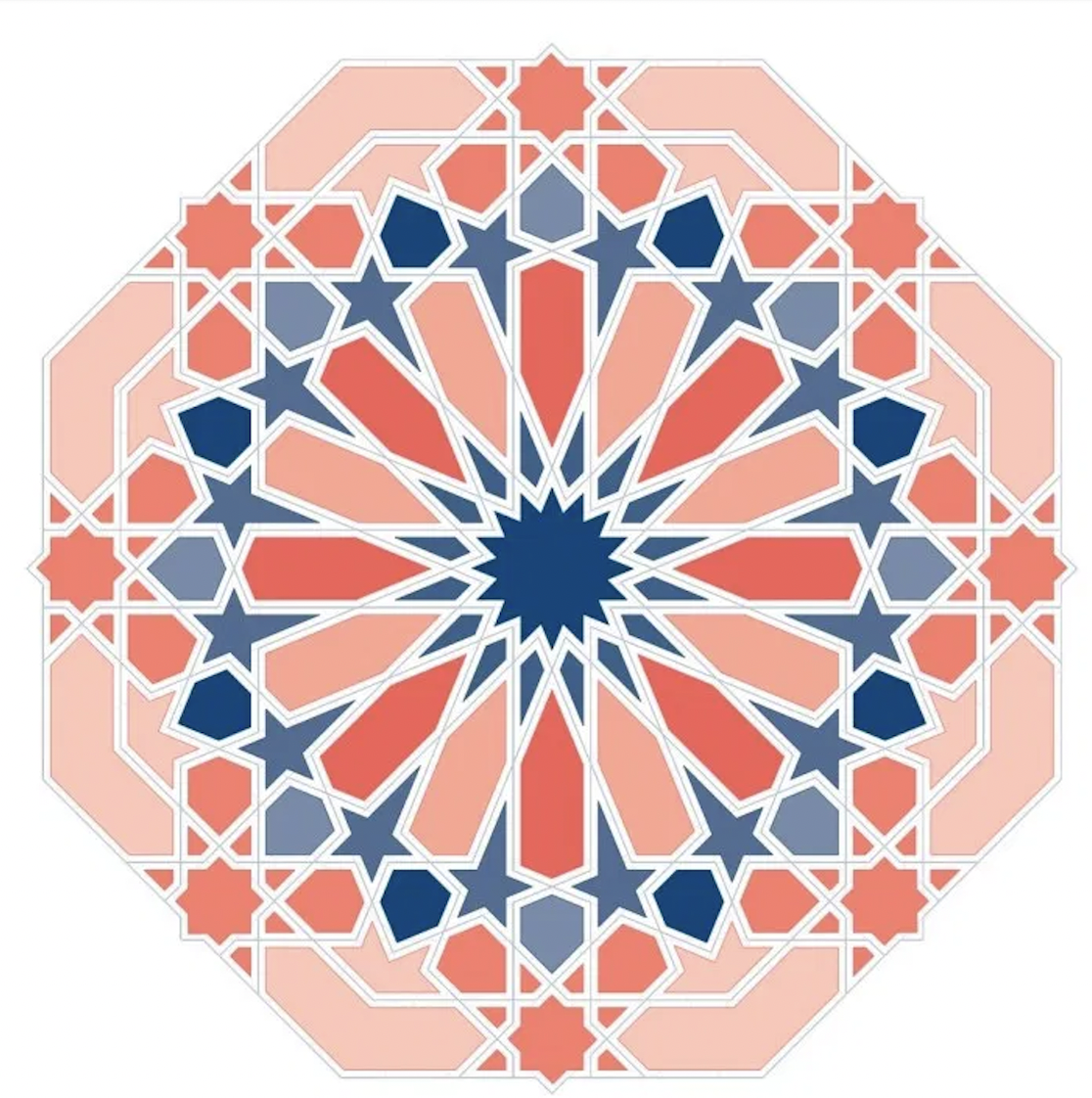African Muslim presence in India since 7th century
SERIES: Over 1,000 years of Islam in India
The Siddis are a largely Muslim community of African heritage who live along the coast of Gujarat, Karnataka, Maharashtra and Andhra Pradesh. Although the majority of them are concentrated in the Junagadh district of Gujarat. They have as estimated population of 50,000-60,000. Most of them are practicing Muslims with Sufi heritage, although those in Karnataka (more towards South of India) are Catholics, most likely converted by the Portuguese.
The Siddi community came to India as early as the 7th century, brought along with the Arabs. Some came as slaves, and others as merchants. Many rose to high rank in society, they were prime ministers, military commanders, senior administrators in the courts. (See my post on Malik Ambar).
Although of African descent, after centuries of living in India, the community have completely assimilated adopting local traditions, dress and language.
During Muslim rule, the Siddis made a huge impact on India. Malik Ambar for example, resisted the might of the Mughal empire and kept the Deccan independent from Mughal rule.
The Siddi community were great patrons of art and architecture. Another famous example of the legacy of the Siddi community, is a beautiful mosque built by Shaykh Sayyid al-Habshi Sultani or Sidi Saiyyed. The mosque was built in 1573 in Ahmedabad (Gujarat), and its name still reflects African heritage in India.
Today in a fractured India under the extreme Modi right-wing government, the presence of the Siddis is becoming increasing threatened. They are largely an isolated, reclusive and rural community, and struggle with finding sustainable work opportunities. Despite being part of India for over 1000 years, they struggle with being accepted into an often racist, Islamophobic and prejudiced modern-Indian society.
Photos: Neelima Vallangi
